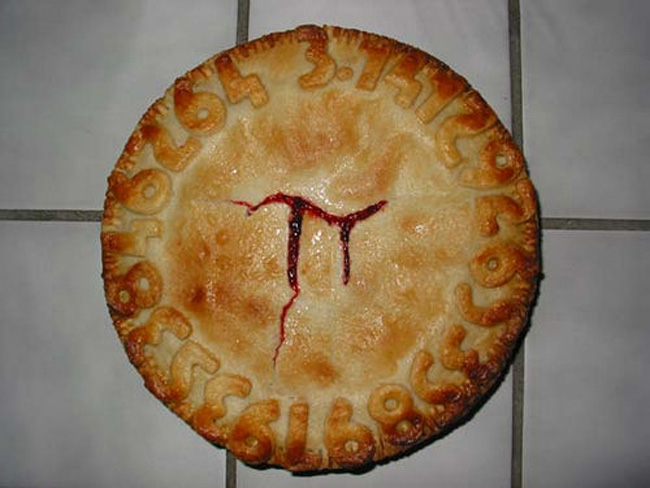This week, the topic is: how can you help your child prepare for stressful MCAS testing this week?
Here's Sally's take:
Spring time in Massachusetts means it’s MCAS season. If your child is taking or has taken an MCAS or other standardized test, how do you as a parent help them prepare?
As a former teacher, I find one of the most important things a parent can do in the days leading up to the exam is to make sure their children are eating well and getting enough sleep. Parents can provide encouragement to their children, and help them identify some of their strengths to build the children’s confidence going in to the test.
To help alleviate test anxiety, parents can assure their children that while the MCAS is important, and should be taken seriously, it’s also just one test; one of many ways teachers can see how the children are learning. Remind the kids that all of their teachers since kindergarten have been helping them prepare for these tests, and that the MCAS is a great opportunity to show off how much they’ve learned.
Good luck to all the parents who have kids taking the MCAS!
http://westford.patch.com/articles/how-can-you-prepare-your-child-for-the-mcas
Here's Sally's take:
Spring time in Massachusetts means it’s MCAS season. If your child is taking or has taken an MCAS or other standardized test, how do you as a parent help them prepare?
As a former teacher, I find one of the most important things a parent can do in the days leading up to the exam is to make sure their children are eating well and getting enough sleep. Parents can provide encouragement to their children, and help them identify some of their strengths to build the children’s confidence going in to the test.
To help alleviate test anxiety, parents can assure their children that while the MCAS is important, and should be taken seriously, it’s also just one test; one of many ways teachers can see how the children are learning. Remind the kids that all of their teachers since kindergarten have been helping them prepare for these tests, and that the MCAS is a great opportunity to show off how much they’ve learned.
Good luck to all the parents who have kids taking the MCAS!
http://westford.patch.com/articles/how-can-you-prepare-your-child-for-the-mcas

